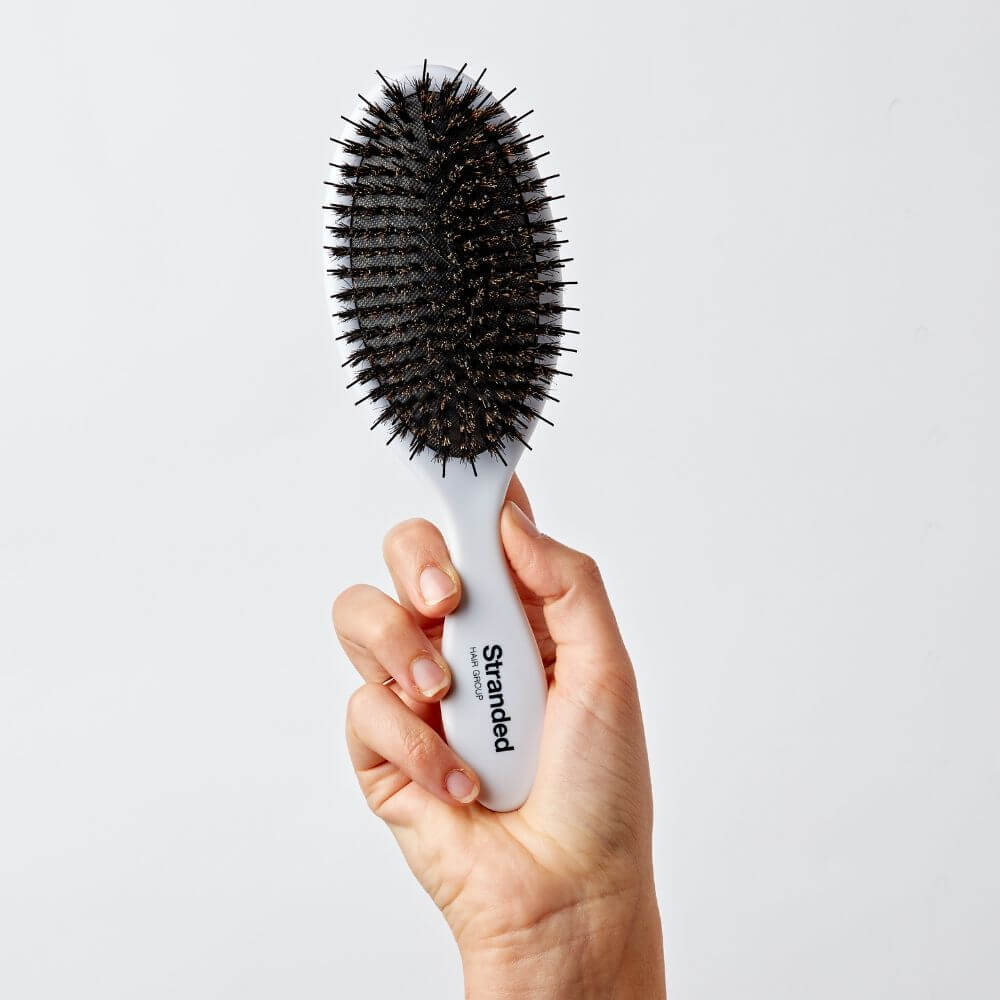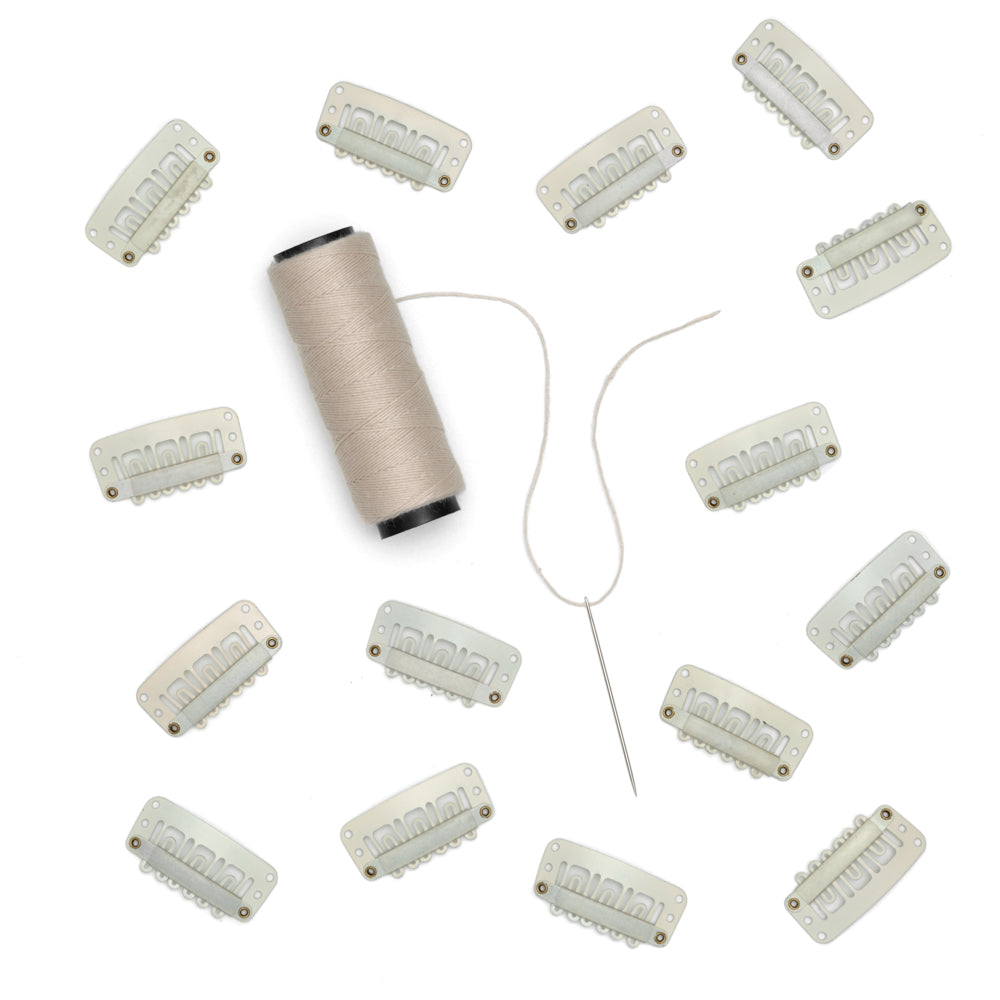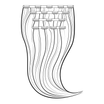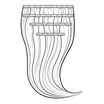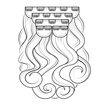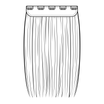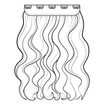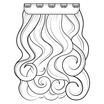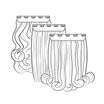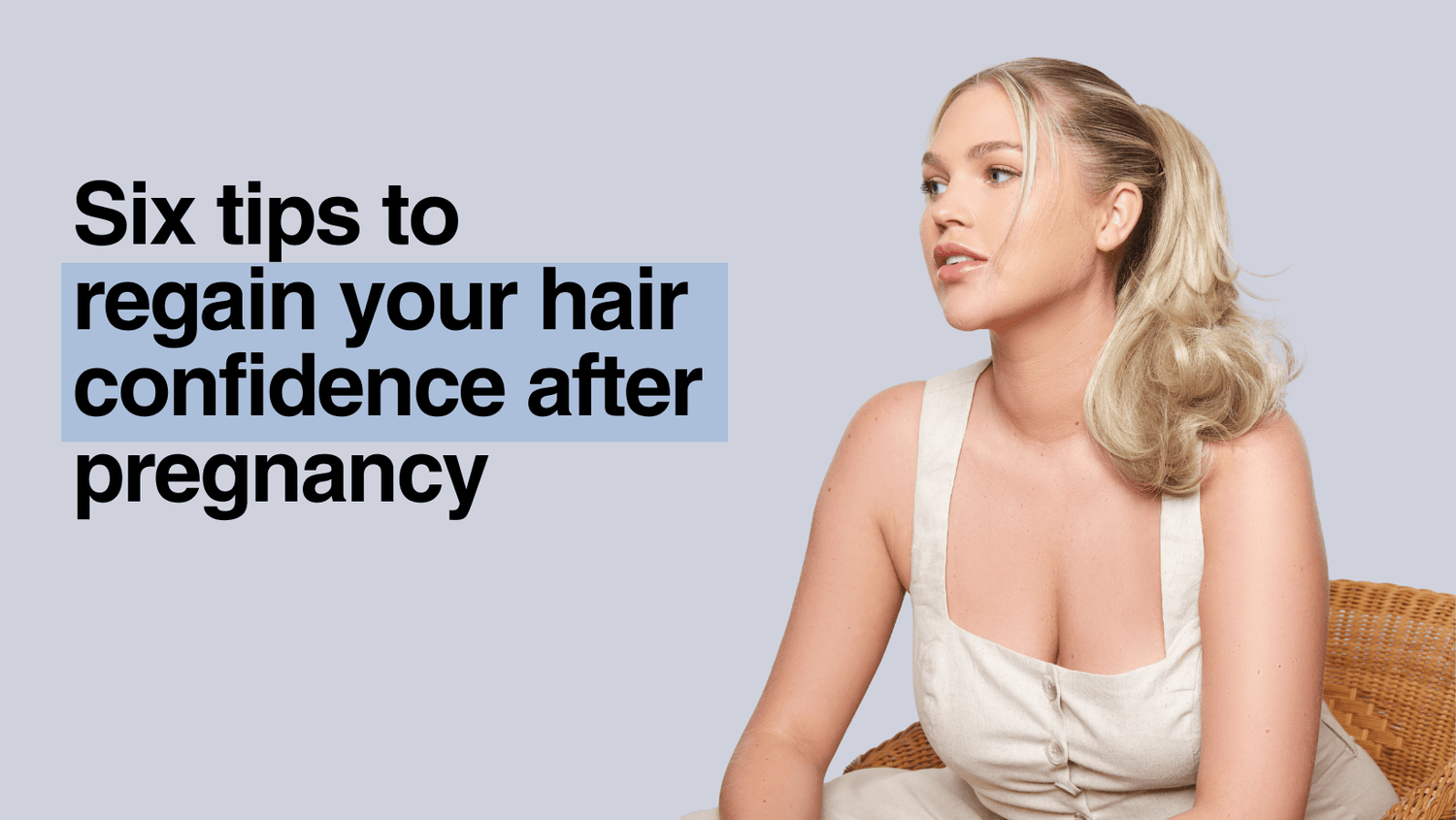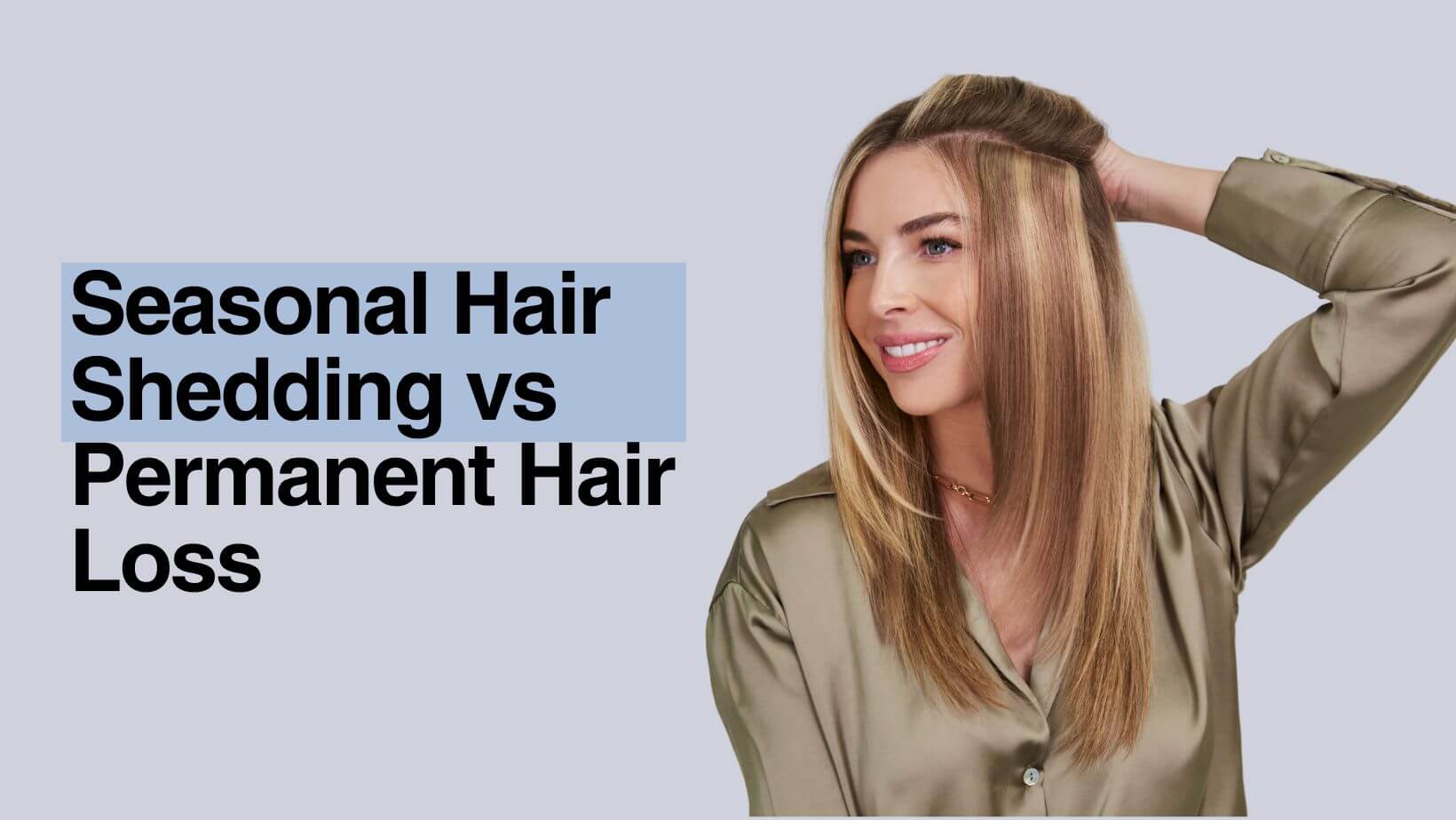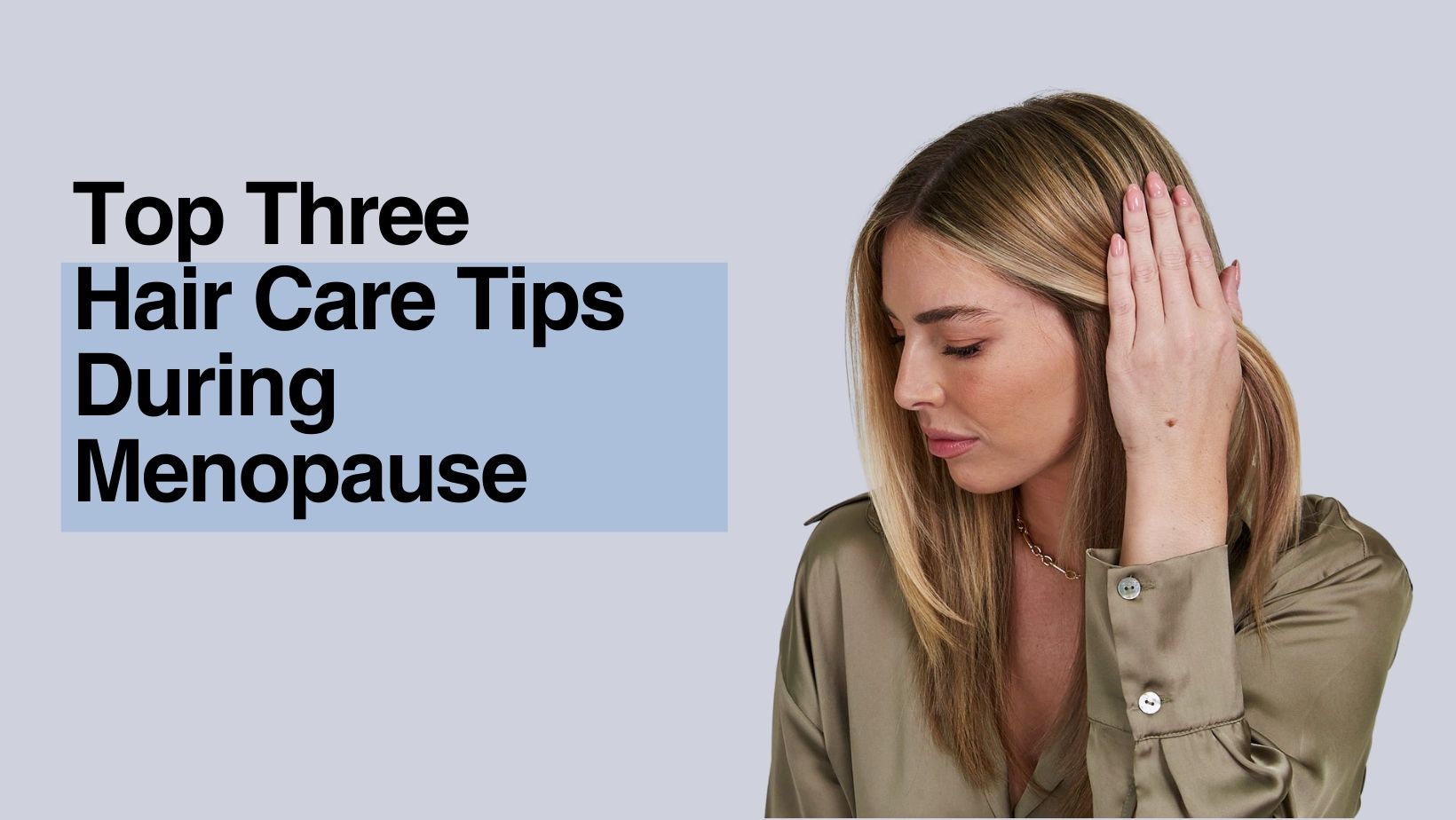What is postpartum Hair Loss?
Postpartum hair loss, also known as telogen effluvium, is a common condition that many women experience after childbirth. Following delivery, your hormones change, particularly a drop in estrogen levels, which can trigger excessive shedding of hair. During pregnancy, elevated hormone levels prolong the hair growth phase, which is why you might notice thicker hair during your pregnancy, but after childbirth, a significant number of hair follicles transition to the resting phase, leading to noticeable hair loss.
The Hair Growth Cycle Explained
The hair growth cycle consists of three main phases: the anagen (growth), catagen (transition), and telogen (resting) phases. During the anagen phase, hair actively grows for several years, followed by the catagen phase, where growth slows and follicles shrink. Finally, in the telogen phase, hair rests before being shed.

Hormonal changes, particularly during and after pregnancy, can significantly affect this cycle. After childbirth, many women experience postpartum hair loss. This typically occurs around 2 to 4 months post-delivery, as an influx of hormones leads to a greater number of hair follicles entering the telogen phase simultaneously. As a result, women may notice a decrease in hair volume and changes in texture.
Experiencing Postpartum Hairloss
Maintaining a balanced diet rich in essential vitamins and minerals is key to supporting overall hair health, especially during the postpartum period. Although postpartum hair loss can be distressing, it's usually temporary. Most women experience a return to normal hair growth within six to nine months as hormone levels stabilize. In the meantime, clip-in hair extensions can offer a quick and effective solution, helping you to regain your confidence. Motherhood often brings many changes, but it’s essential to prioritise self-care for a healthy state of mind. With a variety of options available, from clip-in ponytails to buns, you can enjoy a new look without making any permanent changes to your hair. These extensions are also easy and fast to apply, making them perfect for busy new mums who need a little extra time for themselves.

Model wears a Medium Flicky Ponytail in shade #18/22 Iris
However, if hair loss seems abnormal or persists beyond this timeframe, it may be beneficial to consult a healthcare professional to rule out other underlying issues. Understanding these aspects can help ease concerns surrounding postpartum hair loss and help you feel less alone.
Six tips for disguising postpartum hair loss:
1. Hair extensions - Use hair extensions to thicken and lengthen your hair. Clip-in hair extensions are a quick, affordable and simple way to instantly add hair when you are experiencing postpartum hair loss.

2. Root spray - Use a coloured root spray to disguise thin patches in the hair
3. A new haircut - often, a new haircut that compliments the thickness of your hair can help hide any loss
4. A new hair colour - like above, a new hair colour can compliment the thickness of your hair, along with adding needed depth and dimension to disguise hair loss
5. Hair styling - using volumising hair products, root teasing and bouncy hairstyles can help disguise hair loss
6. Accessories - these can be used to distract from hair loss or to help style your hair to disguise it, such as headbands, hats, scarves and clips

